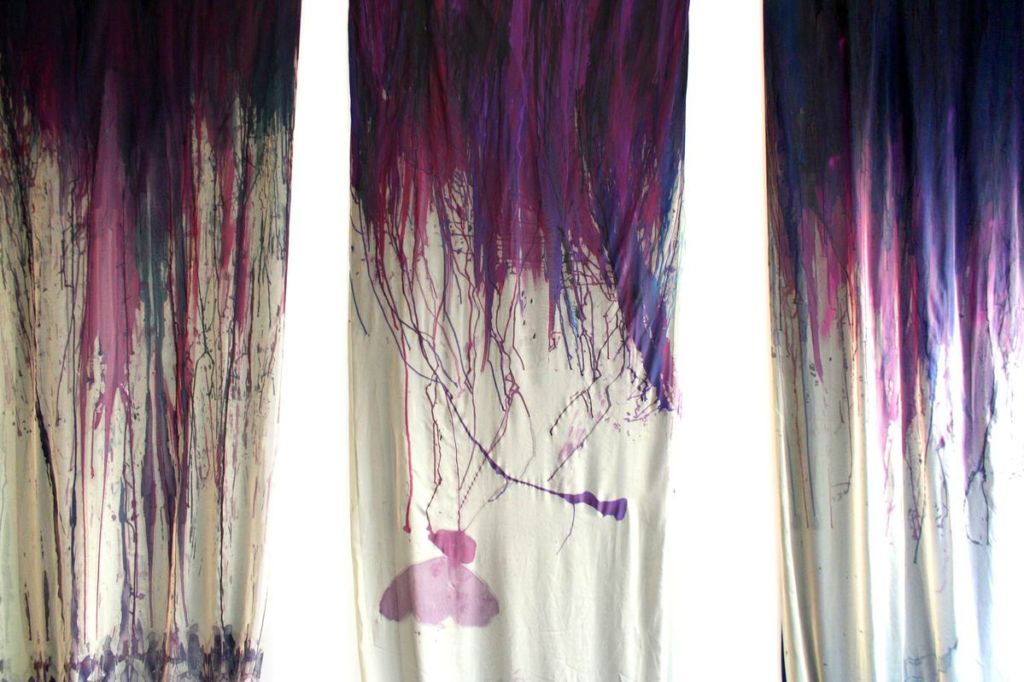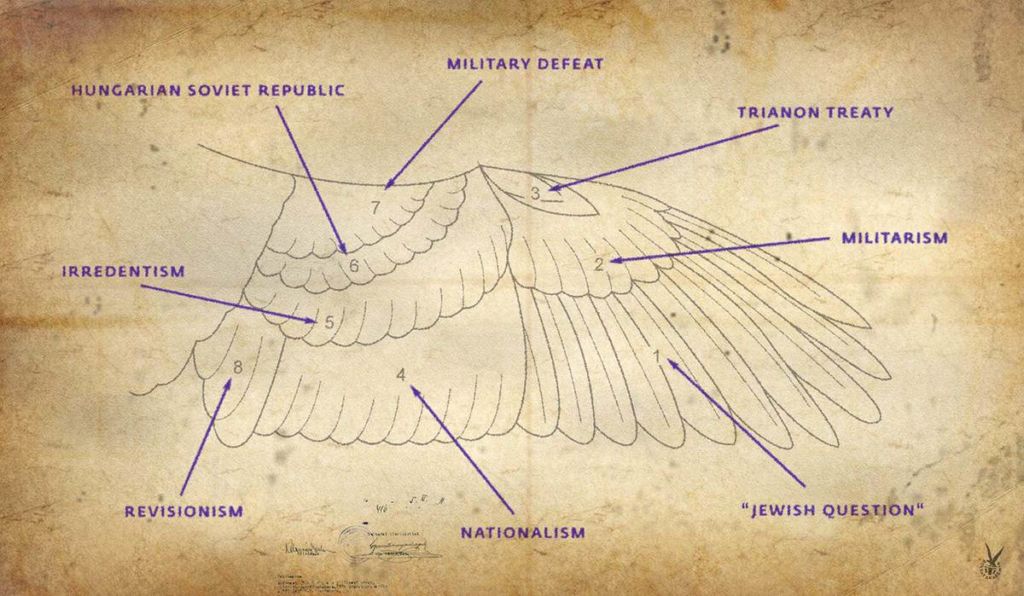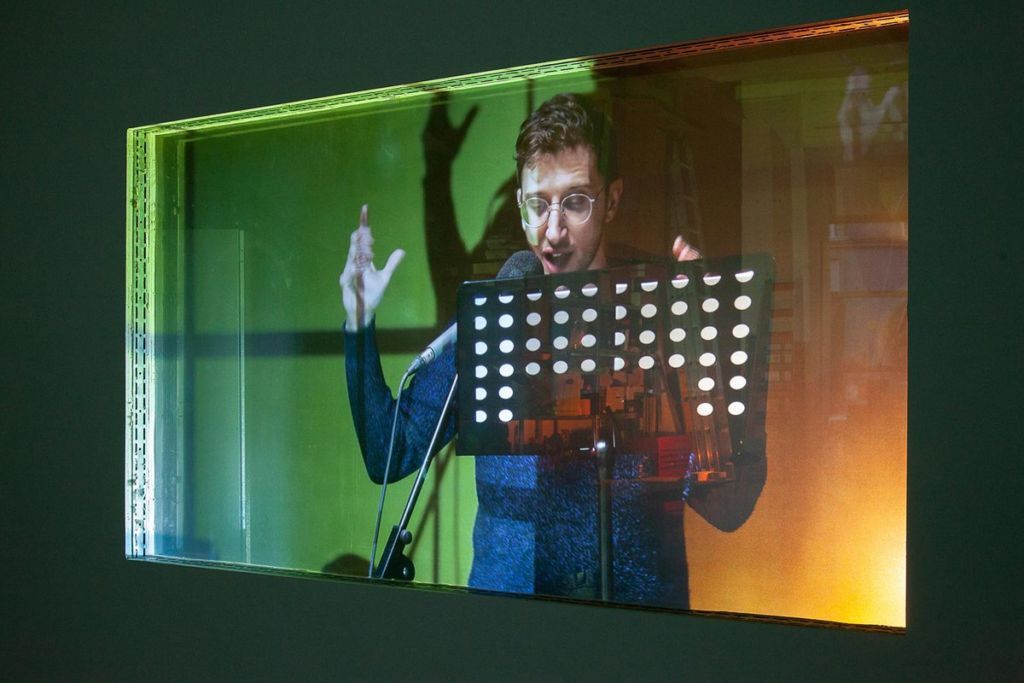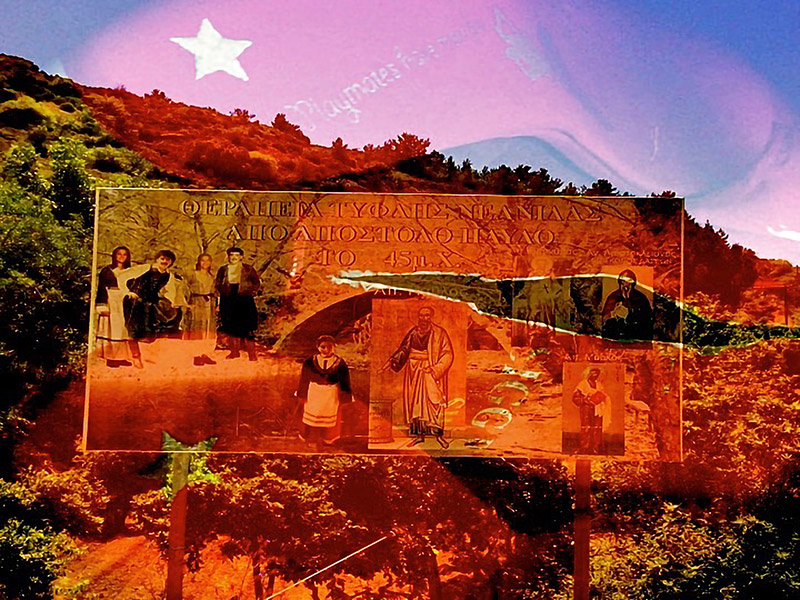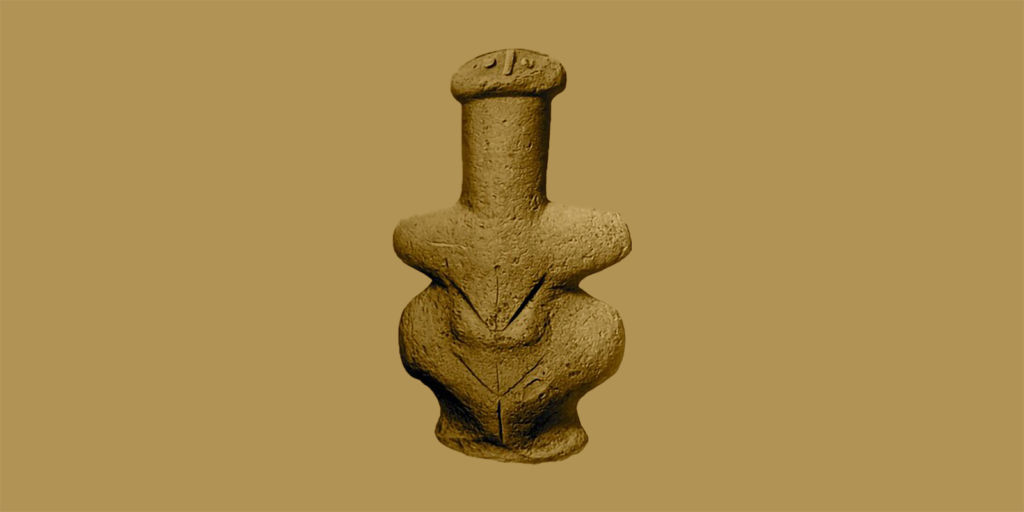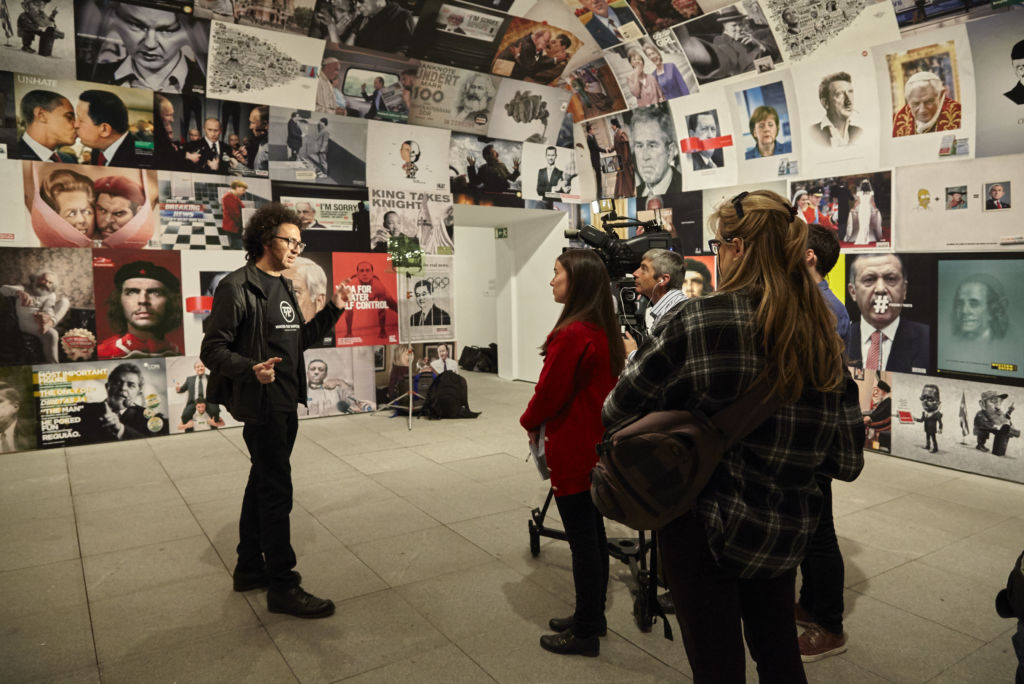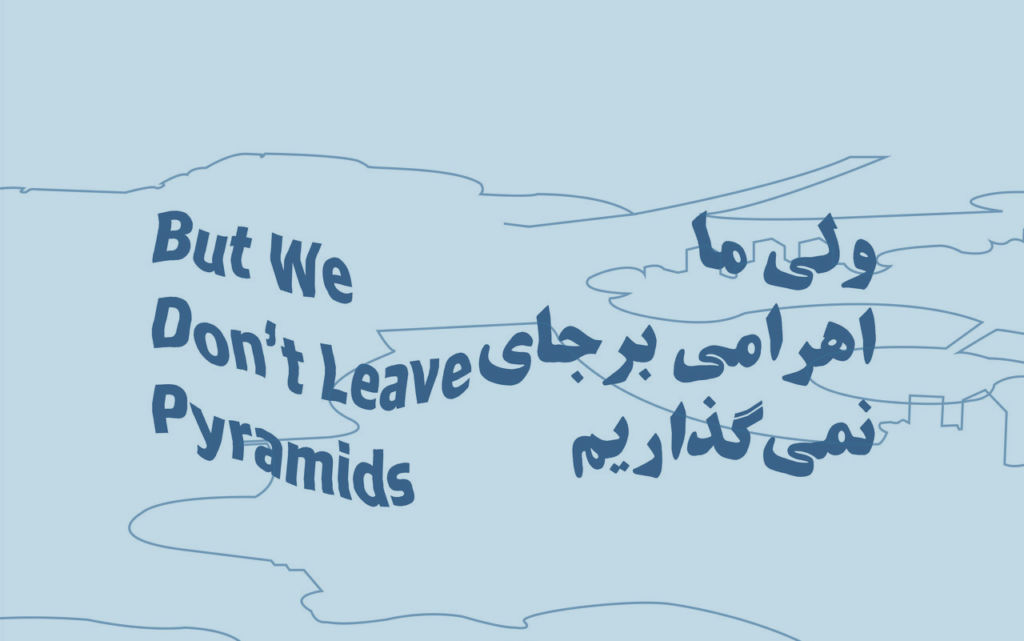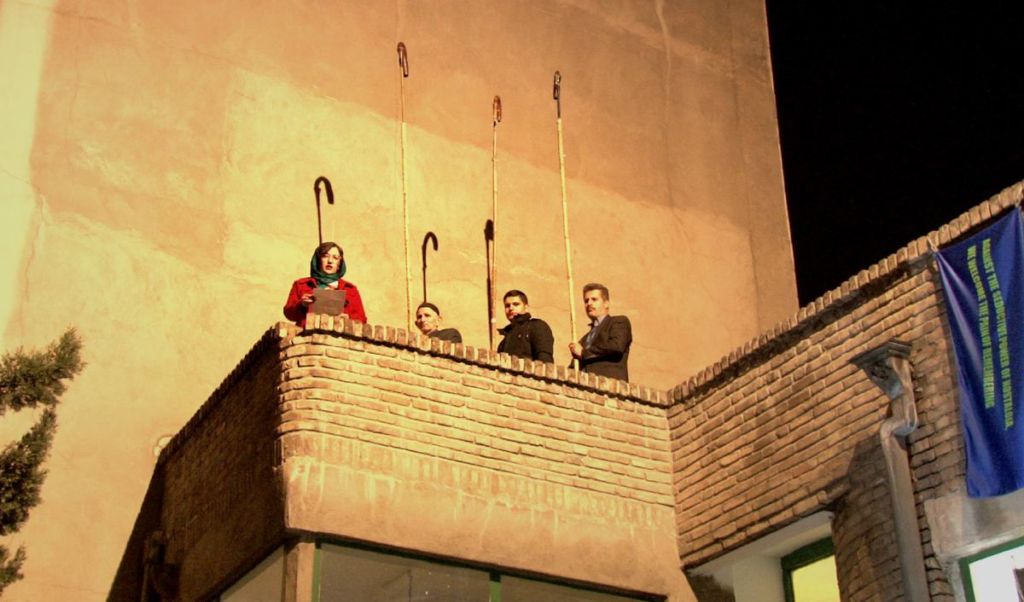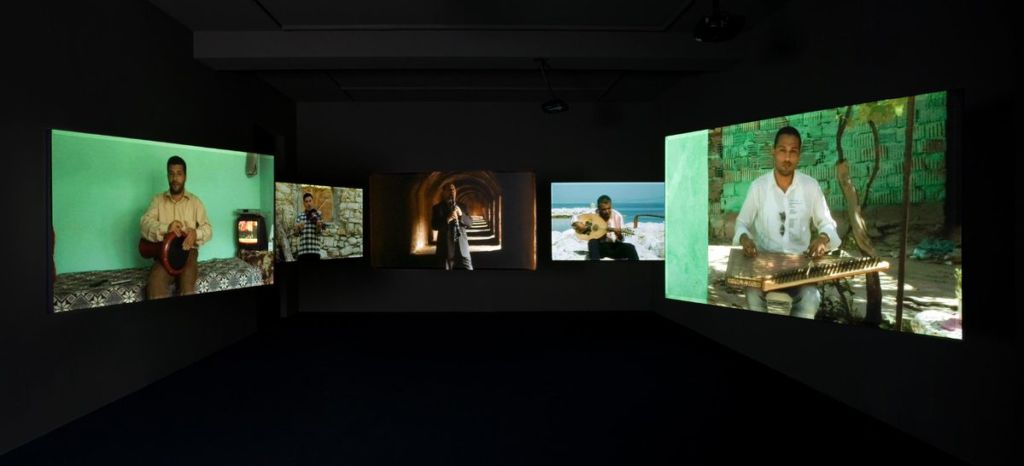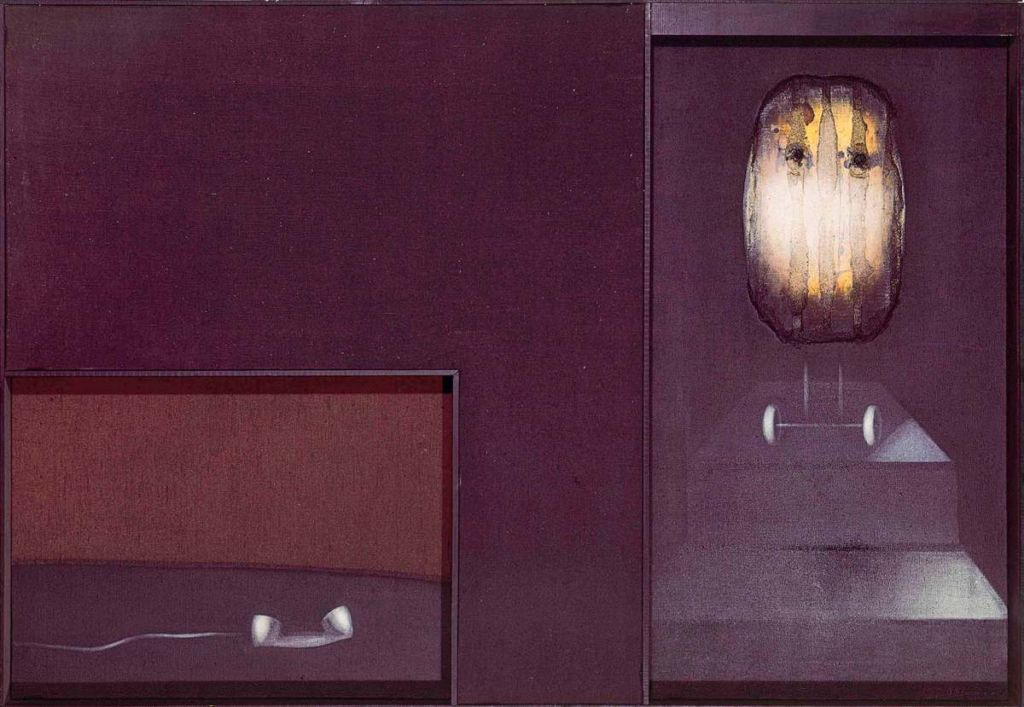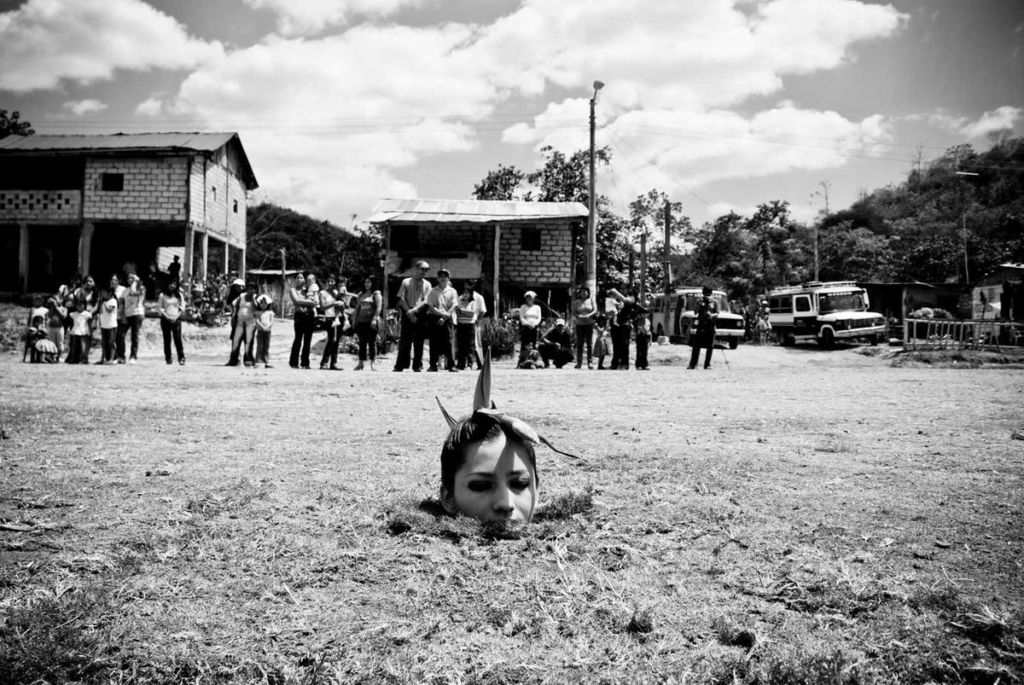Tehran, has exercised a dramatic change from late 19 century to date; with 150,000 population in 1860s tuning into a giant metropolis by over 12 million inhabitants today. The major urban transformation which took place during the first and second Pahlavi periods, 1941 – 1973, imposed western architectural patterns which changed the architecture and urban landscape forever. Such reforms introduced the city’s society and space to new economic and cultural patterns and unleashed centrifugal and dialectic forces. The first art gallery in Tehran, Apadana, opened in 1949 and soon this number grew to 22 galleries before the revolution, then expanded to 261 registered galleries by 2018. This cultural development on the one side provided the art scene with more spaces to represent, also it introduced new sites for social experiences. This text reflects on the relationship between space, memory and history in the site-specific works of two artists, Farnaz Gholami and Anna Dot, presented at But We Don’t Leave Pyramids, an exhibition curated by GAPS and organised in conjunction with Tehran Curatorial Symposium #2, from January to April 2019.
Social Experiences
The common understanding and critical analysis of the field of curatorial practice are embedded in and bounded by a central focus on exhibition making as both a representational and a presentational mode. It is representational by means of providing possibilities to display and showcase artworks in particular arrangements, and it is presentational by means of creating situations and environments through such displays in which the presence of the audience plays a crucial role. The “exhibitionary complex” formed its roots in the late eighteenth and early nineteenth centuries.1 As Tony Bennett writes, “Museums may have enclosed objects within walls, but the nineteenth century saw their doors opened to the general public.”2 The art world, which had been accessible only to the gaze of the highest class of society, by the nineteenth century had witnessed a great alteration in forms of representation. Nonetheless, this was merely a proliferation of the fundamental display of power in a new form, “as had been that of the people before the spectacle of punishment in the eighteenth century.”3
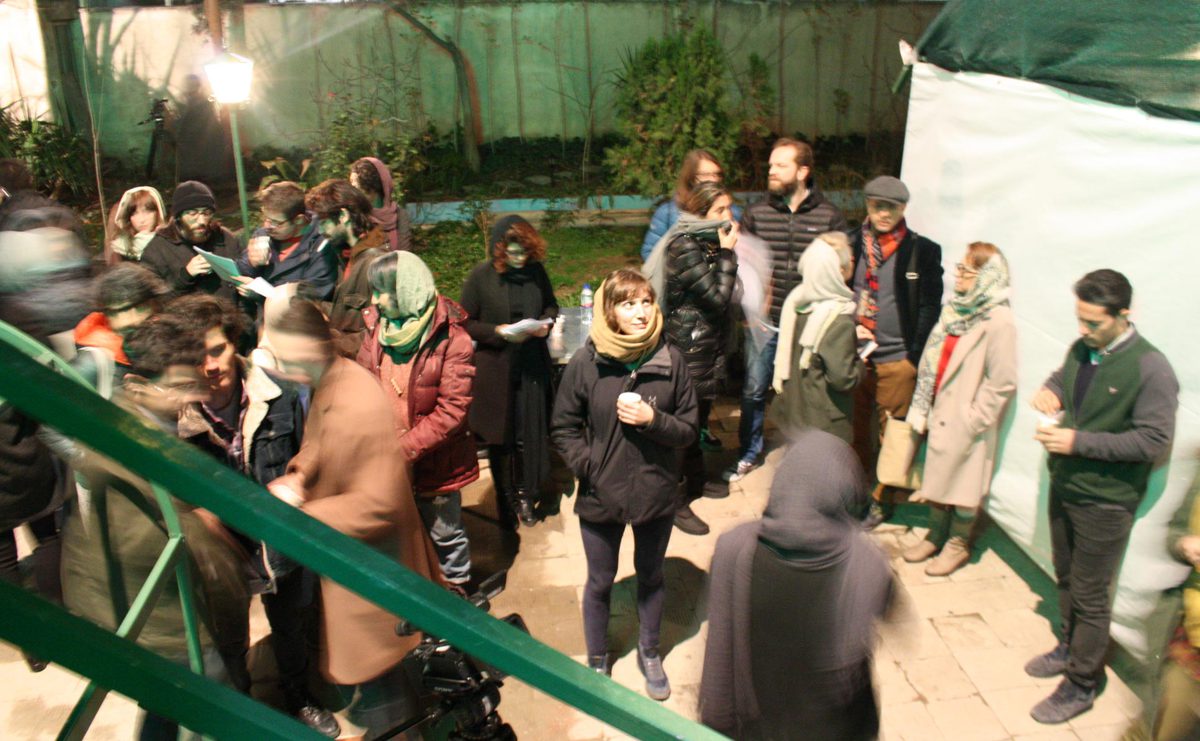
Anna Dot, 2018, a performance at Charsoo Honar cultural center, Tehran, whose title refers to a poem from Rumi, famous persian poet of the XIIIt century
A research on the functionalities of the gallery spaces in Tehran conducted at Institute for Middle East Studies – Canada (IMESC) investigated how the galleries in Tehran have turned to spaces for “meetings, hangout, and artistic visiting”4. By interviewing a group of 250 people attending the galleries between November 2015 to May 2016, different aspects such as demographic profiles and reasons of the visits were traced via the provided questionnaire. “Through survey data, five categories of places are identified: the gallery as ‘square’, as place for meeting diverse people, as a public sphere, as a place for joint activities with friends and colleagues, and as a meta-meeting place.”5 The study shows that the development of public experiences as a result of several structural factors have impacted the public life of the city’s middle class during the past two decades. Considering the galleries as semi-public spaces under the governmental and customary law in Iran, the activity patterns in gallery spaces show social purposes more than viewing the artworks. “…gallery as a meeting place plays a substantial role in equalizing the possibilities of being an active citizen across social and economic differences and changing geographical distribution of Tehran.”6
Following the revolution in 1979 and as a result of the so called “Cultural Revolution”, between 1980 and 1983, hundreds of private properties were confiscated or sealed off by the authorities, turning a considerable number of places into abandoned ruins for times. Tehran’s art scene throughout the past two decades has witnessed an increasing number of cultural centres, non-commercial art spaces and privately-owned galleries opening up most of which are situated at some of these newly refurbished historical buildings from Qajar and Pahlavi period; Ab-Anbar7, Araan Projects8, Argo Factory9, and Negarestan Garden10 to name a few. The question is how the art that is being exhibited in these spaces provide possibilities for a cognitive engagement of the audience with the artworks? How many of these recently launched cultural centres organise their programme or their spaces in a way by which passive spectator could become active audience?
Principally the period of modernisation in Iran could be categorised as consequences of socioeconomic conditions, national development programs, aesthetic expressions of social symbols, and the pitfalls of extreme and rapid growth in infrastructural investments as a result of the blooming oil industry. The major intervention triggered by the modernisation plan launched in 1930s not only transferred the urban landscape of the capital, but also demolished the historic fabric of the city permanently. As the urban design theorist Ali Madanipour writes “The word traffic became a reality as new avenues and motorways were blatantly tearing the historic fabric of the city apart. The capital was soon introduced to parks and cinemas, secular schools and universities, new administrative buildings, public landmarks and statues.”11 Even though the influence of European and Western design shaped a major part of this makeover, nevertheless some traditional decoration and domestics systems survived for a short while. For instance, Iranian traditional cistern system in residential houses held an essential part of the newly built architectures. However, the new water supply system which was completed between 1947 and 1958 turned these spaces to unusable part of the houses.12
As an Ongoing Commitment to a Community
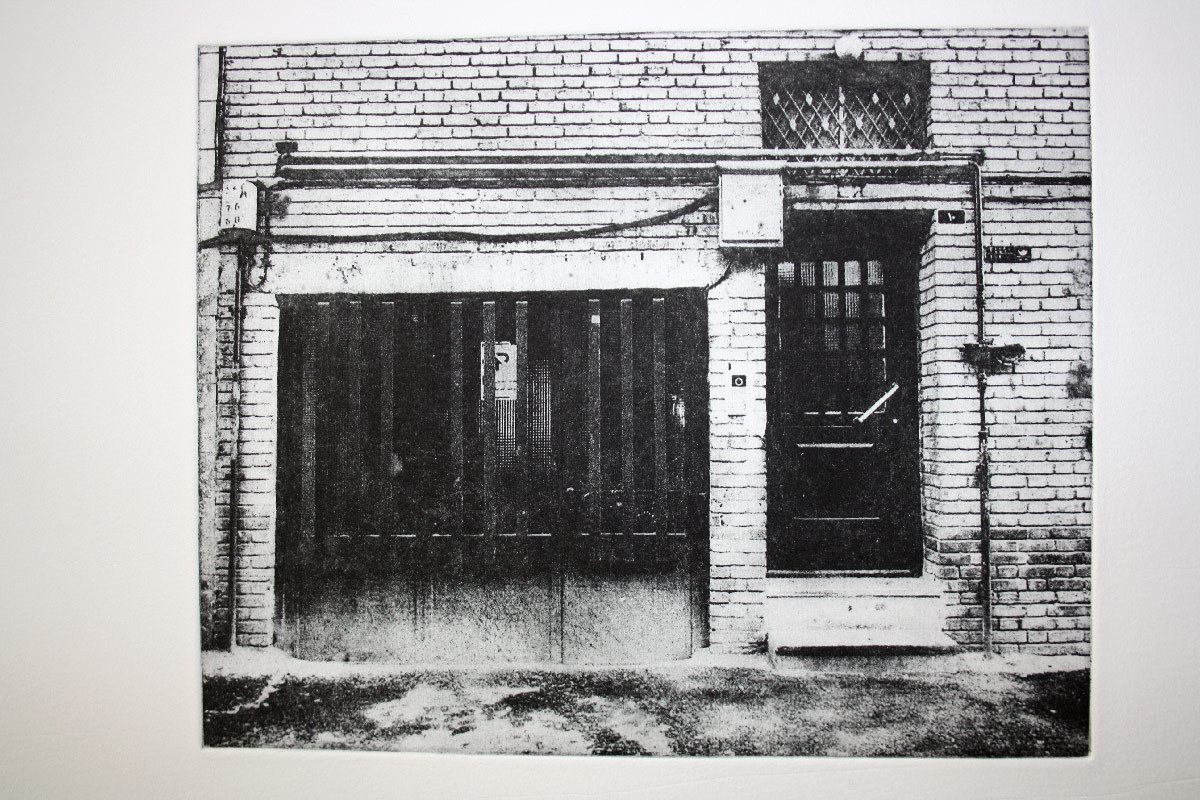
Farnaz Gholami, Untitled, 2018, etching on paper
The space in which the exhibition –But We Don’t Leave Pyramids – took place, is the new site for Charsoo-Honar’s educational programme; an artist-run institution established in 1996. The building previously was used as a residential place made in the second Pahlavi period. Considering the building as a field of investigation, Farnaz Gholami’s site-specific installation, Dripping, offered a series of complex historical background. The site specificity of the work does not mean that it was integrally built on the site so that removing the work is to destroy it, as one would say about Richard Serra’s Splashing.13 But, Dripping was conceived for the site, intertwined with the historical formation of the site while inhabiting the dysfunctional spaces of the site. The specificity of the site here is to engage with a historical context which is remembered through visual and spatial experiences.
Gholami’s work consists of a number of large hand-painted fabrics that were loosely installed in a room which used to be a traditional cistern (ab-anbar, literally water reservoir) currently turned into a dysfunctional garage. Also, a series of photo etchings from the garage door were printed in different shades of grey from dark to bright proposing the gradual disappearance of history of the site. The installation was inspired by architect and theorist Rem Koolhass’s notion of “Junkspace”14 which was proposed by GAPS as an invitation to reconsider the human impulse to leave a permanent trace upon the world.15 Koolhass explores architecture not as an art but as a domain that is concerned with devising and organising actives of humans. This is investigated not only through structural transformations, but more on the new social experiences and social transactions.
“Do the renovation and repurposing of a space change the space’s meaning? If so, would it make any sense to consider that workers and other architectural technicians involved in a renovation are actually acting as translators?” These are the questions that informed Anna Dot’s work titled by one of the Persian writer Rumi’s poems (من پی دست و گریبان می روم / دست ناپیدا گریبان می کشد). A conversation-based performance that investigated the event of the building’s transformation from a 90-year residential place to an upcoming art-centre. By conducting a series of interviews with both old and new occupiers of the building, Anna created a map from the collected anecdotes and historical information relating to various parts of the building. Integrating the old and new histories of the site, the plan performed as a script during the opening reception of the exhibition. By inviting the viewers into a series of conversations about her investigation, Anna Dot reproduces some knowledges on the history of the site while encourages possibilities of active audience.
Indeed, moving beyond exhibitionary modes has provided vast ground for socially oriented practices within the art world. However, the struggles with the intricate state of exhibition and representation of art as well as the complexities of non-exhibitionary practices must be reconsidered in the ways in which the domain of art and its community is shaped and recognised. In this regards, curatorial potentials traceable through such practices could enable different mutualities and form new spaces to encounter art in a more critical manner within our contemporary condition. On that note, the pursuit of sustainability or adaption to a changing condition must take place not by means of short-term practices, but rather as an ongoing commitment to a community, which has a long-term life.
Cover: Farnaz Gholami, Dripping, 2018, exhibition view, acrylic on fabric, triptych 900 x 120 cm
1.Bennett, T., 1995, “The Exhibitionary Complex”, in The Birth of the Museum, History, Theory, Politics, London and New York: Routledge Taylor & Francis, pp. 59-88.
2.Ibid, p. 59.
3.Ibid.
4.Narciss M. Sohrabi, Ibid
5.Ibid.
6.Ibid.
7.An independent gallery dedicated to contemporary art situated at a converted residential house from Pahlavi II in central Tehran.
8.A privately-owned gallery showcasing project-based exhibitions located in the central area of Tehran at a renovated building from Pahlavi II.
9.Argo Factory is a non-profit cultural centre as part of Pejman Foundation. The building is a former drink manufacturing factory built in the 1920s which was sealed off just before the revolution and re-opened in 2016.
10.Negarestan Garden was built in 1843-1849 one of Qajari places, now owned by the government as part of Tehran University properties, Negarestan has been converted into a cultural complex host to museum collections and contemporary galleries.
11.Ali Madanipour, 2006, “Urban Planning and Development in Tehran”, Cities journal. 23. 433-438. 10.1016/j.cities.2006.08.002.
12.“Start of Tehran Water Pipeline in 1947”, Etemad Newspaper, 26 June 2019
13.In 1968 Splashing or casting was created for “9 at Leo Castelli,” organized by Robert Morris at Castelli Warehouse in New York. In a series of basic steps, the artist tearing pieces of lead from industrial rolls and heats them in a vessel that sits above an acetylene flame which is then transferred onto the molten lead from the pot and deposits it along the juncture of wall and floor.
14.Koolhaas, R., “Junkspace”, October, Vol. 100, Obsolescence. (Spring, 2002), pp. 175-190
15.But, We Don’t Leave Pyramids, 4 Jaunaury –12 April 2019, was curated by GAPS in conjunction with Tehran Curatorial Symposium #2, participating artists included Jean-Baptiste Ganne, Anna Dot, Hamed Dehqan, Farshad Xajehnassiri, Esther Merinero, Giulia Crispiani, Farnaz Gholami.
